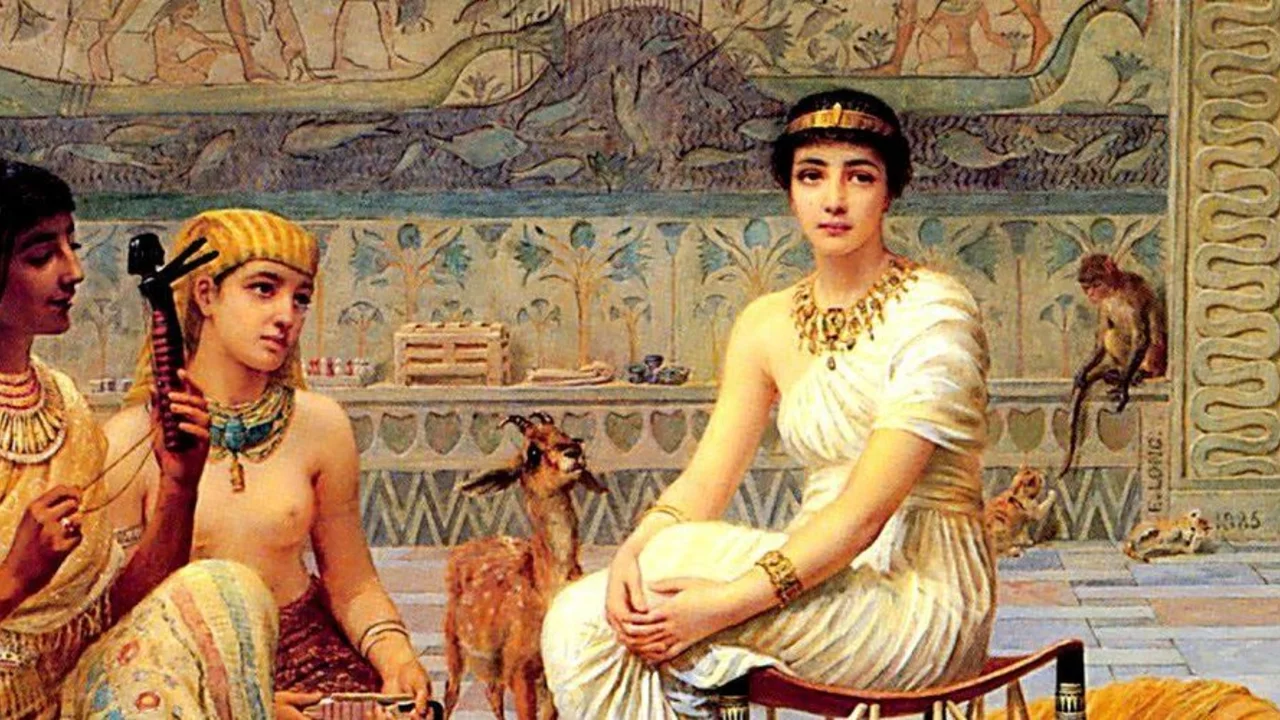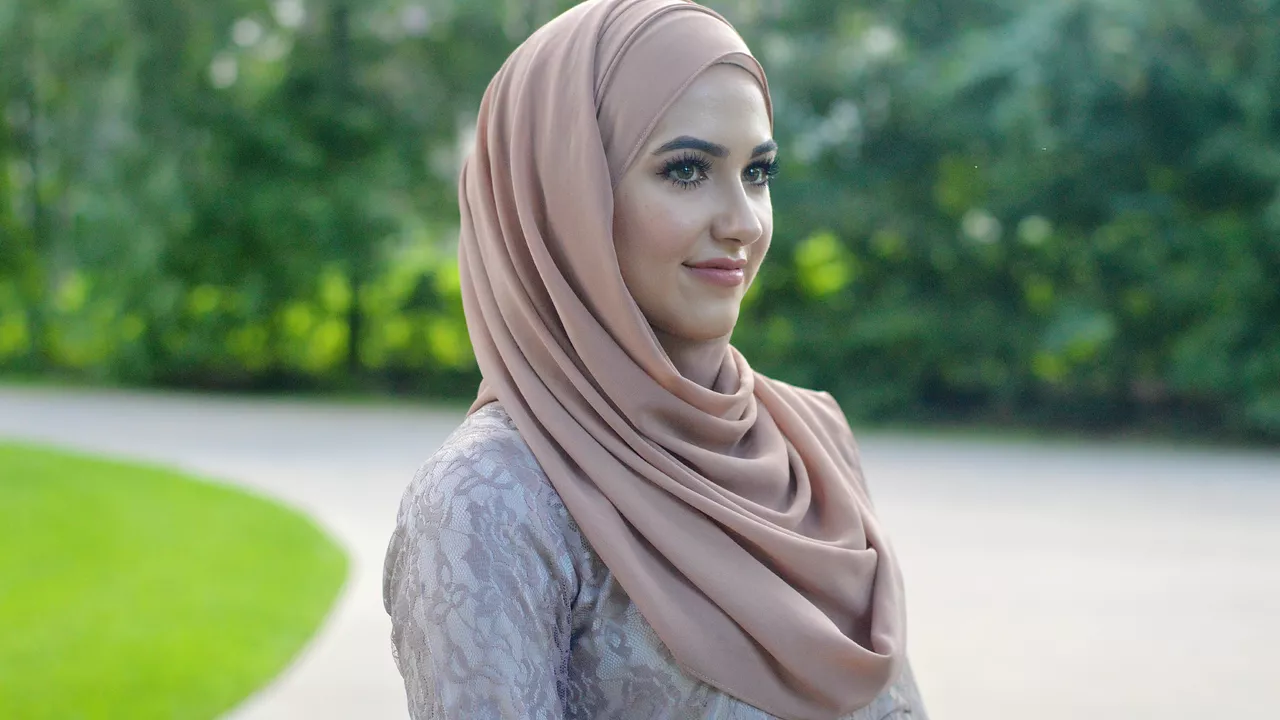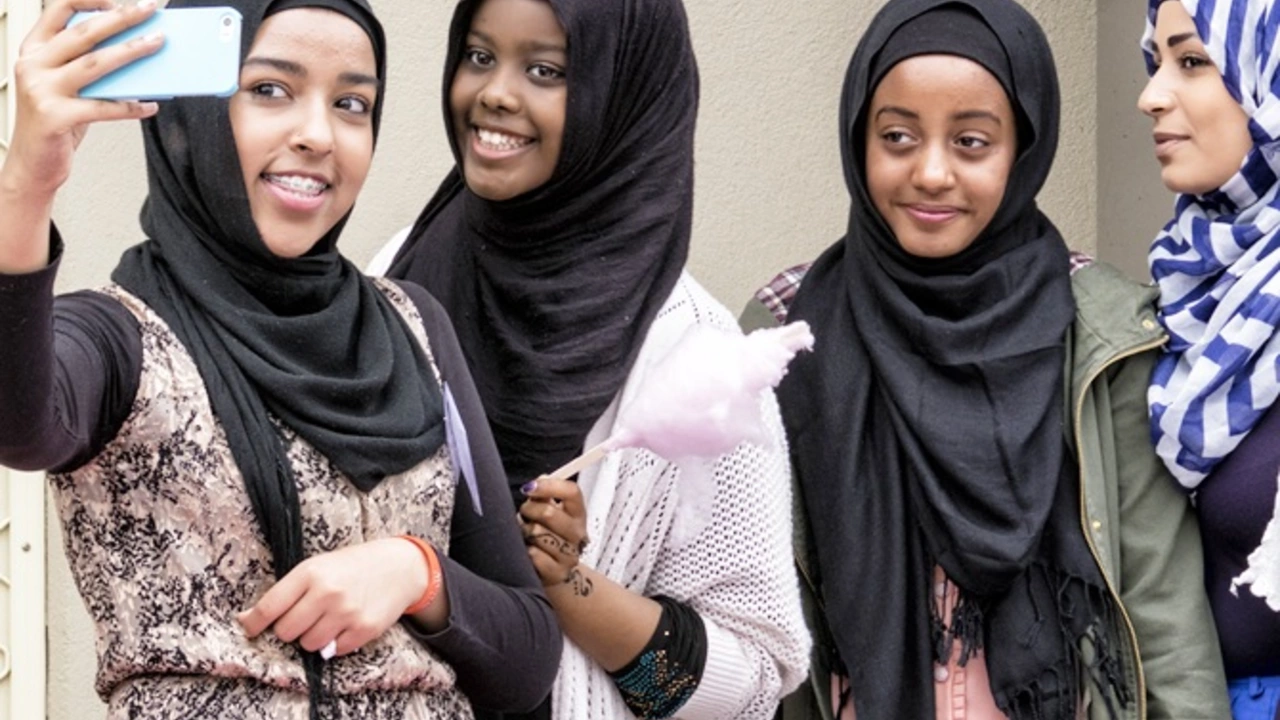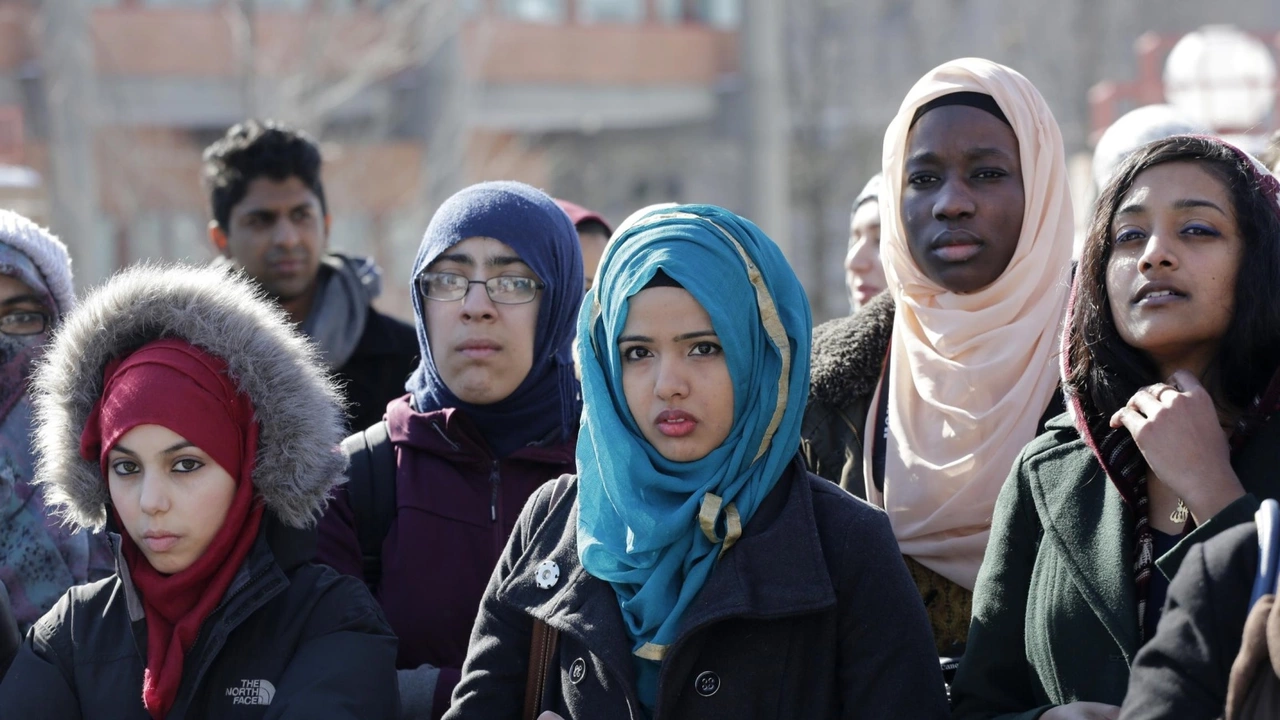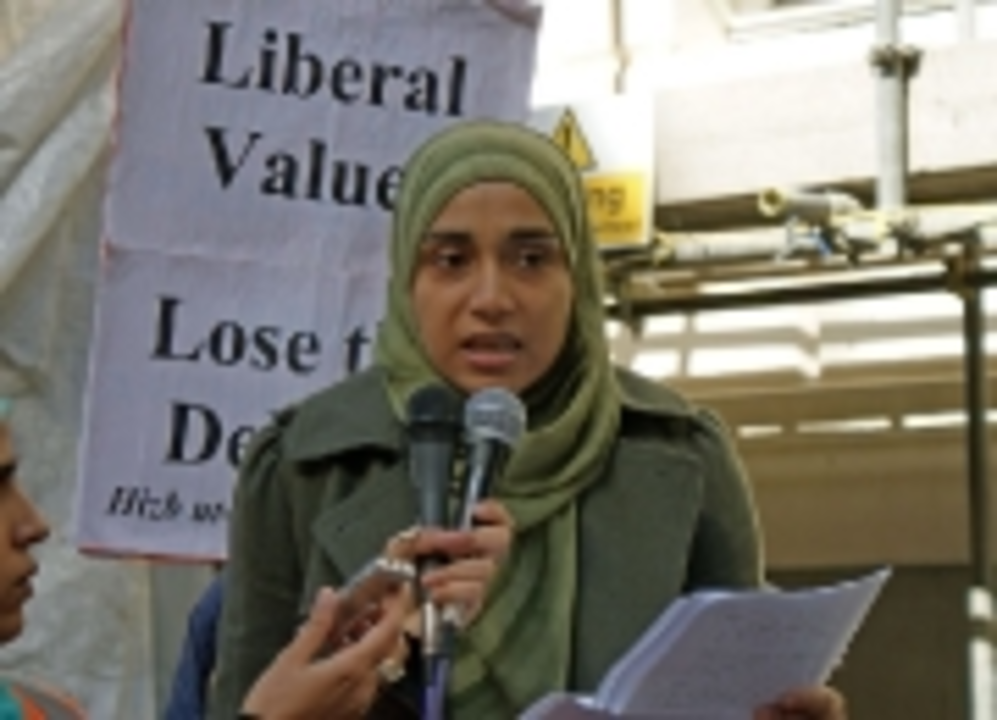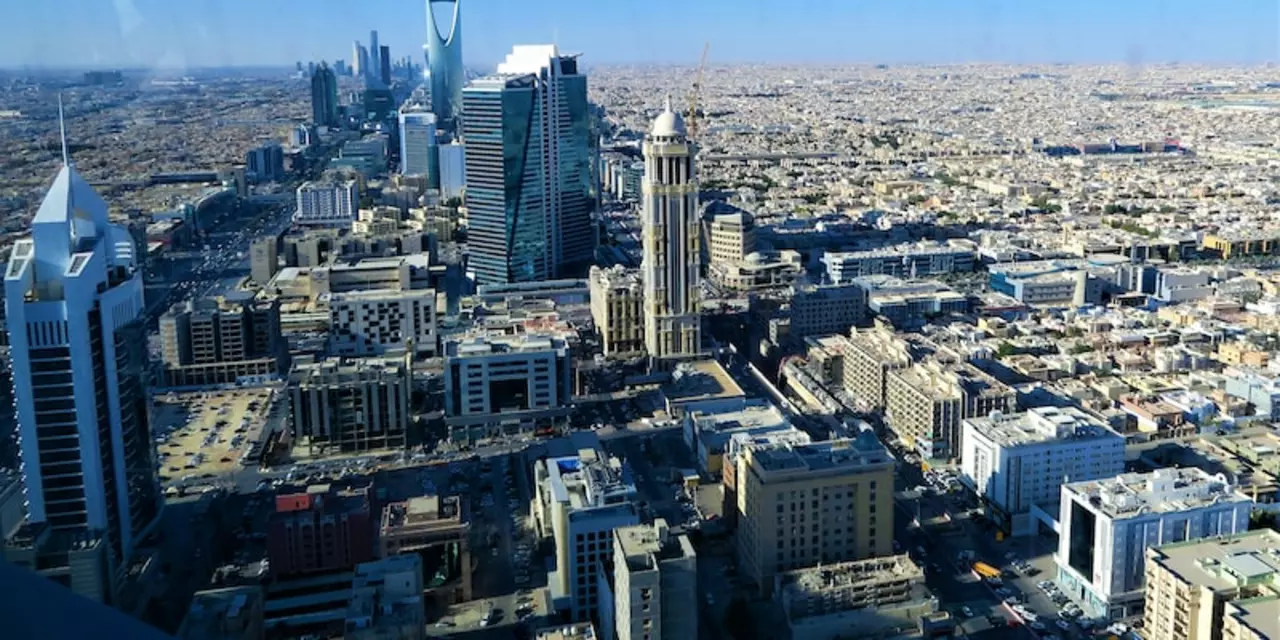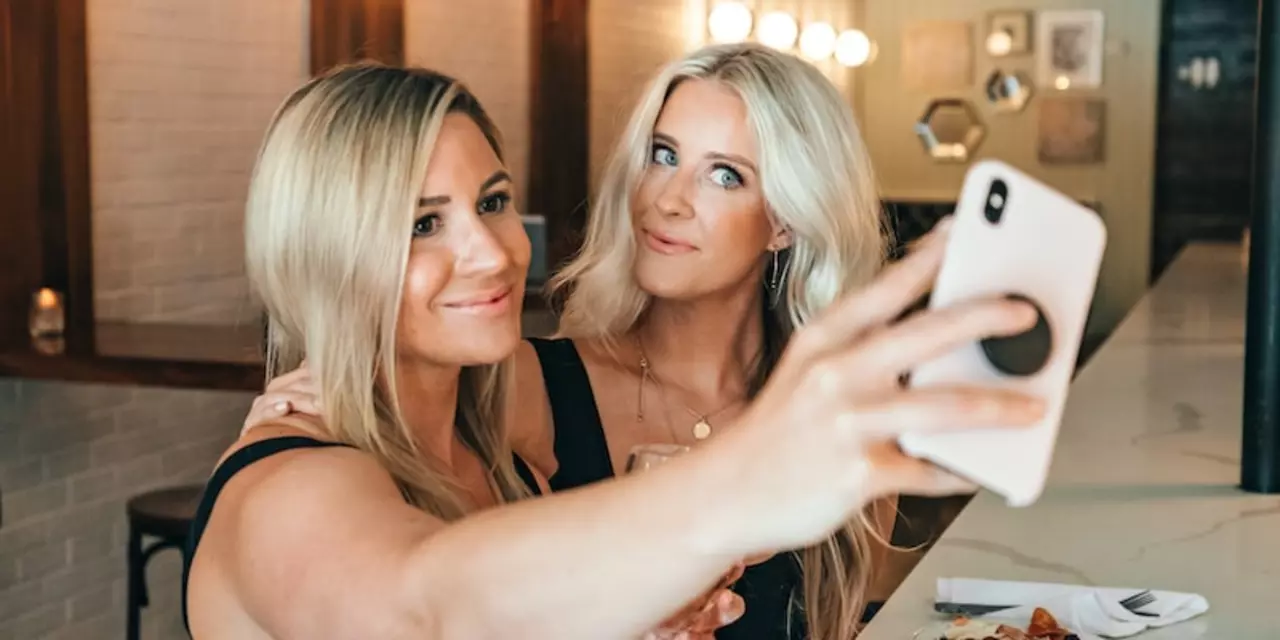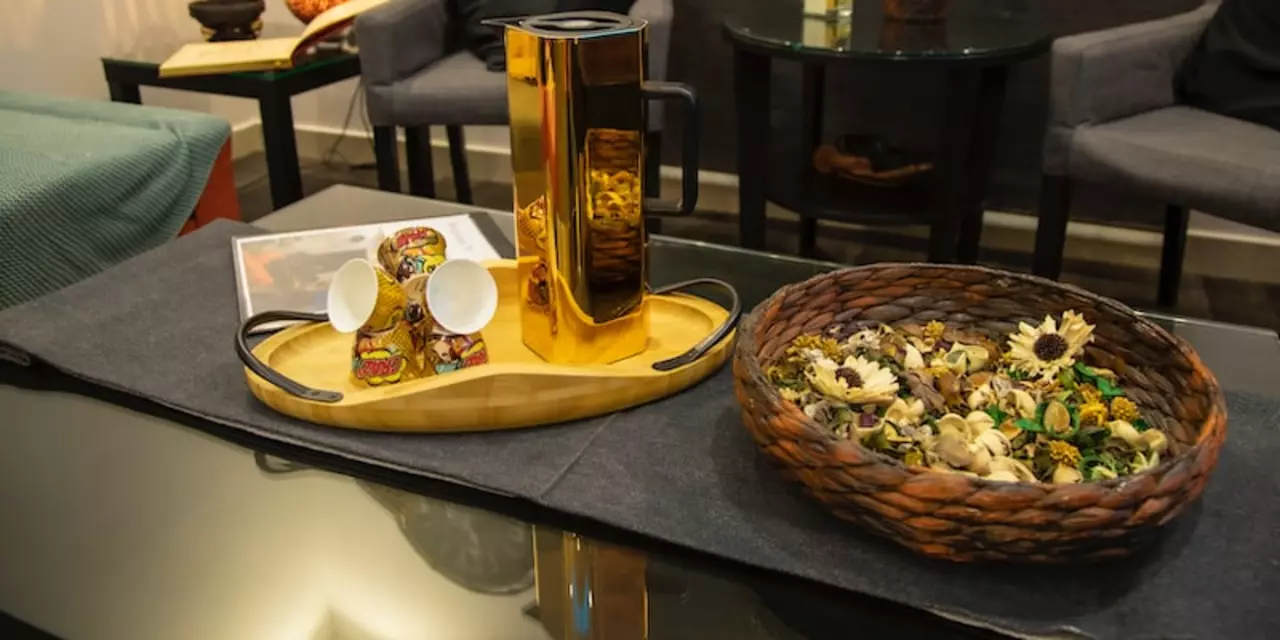Islamic Insight India
30
Jul
Posted by Zayn al-Amin with 0 comment(s)
Alright, folks, let's dive into the glamorous world of ancient Arabian and Persian princesses! They were the fashionistas of their time, and boy, did they know how to dress to impress! Their ensembles consisted of multiple layers of silk, wool, and cotton garments, bedecked with precious gems and gold. Their style was all about opulence, with intricate embroidery and patterns that would make any modern designer green with envy. So, next time you feel fancy in your little black dress or slick suit, remember these royal ladies who were rocking the fashion world centuries ago!
read more27
Jul
Posted by Zayn al-Amin with 0 comment(s)
Well, folks, let's dive into the vibrant world of hijab-wearing women in the US! These ladies don't just wear a piece of fabric, they are rocking a symbol of faith, and they do it with style! It's like they are starring in their own superhero movie, but instead of capes, they wear hijabs. Isn't that a cool twist? Nevertheless, it's not always rainbows and butterflies, with a fair share of curious glances and misconceptions. Still, these ladies keep strutting their stuff, showing us the power of resilience and the beauty of diversity!
read more21
Jul
Posted by Zayn al-Amin with 0 comment(s)
Muslim women often wear black clothing as part of their cultural and religious traditions, particularly in conservative societies. The black attire, most commonly known as an Abaya or Hijab, is seen as a symbol of modesty and respect for the Islamic faith. However, it's essential to note that the color black is not mandatory; it just happens to be a prevalent choice due to cultural norms. Moreover, the emphasis is more on the principle of modesty rather than the color of the garment. Each woman's choice to wear black or any other color is personal and can be influenced by a variety of factors including tradition, personal belief, and societal expectations.
read more20
Jul
Posted by Zayn al-Amin with 0 comment(s)
In general, it's not fair to blanketly categorize what Japanese people think of Arabs, as it varies greatly from person to person. However, some Japanese people appreciate the rich history and culture of Arab nations, while others might hold stereotypes due to lack of personal experience or media influence. It's also worth noting that Japan and Arab countries have a history of trade and diplomatic relations which adds to the understanding and respect. But, there's also curiosity and a sense of unfamiliarity due to the cultural differences. It's important to remember, these are just observations and not every Japanese person will share these views.
read more1
May
Posted by Zayn al-Amin with 0 comment(s)
In my recent exploration of the perspectives of well-educated Muslim women on Islam, I found that these women generally have a strong connection to their faith, appreciating the guidance and values it provides. Many emphasize the importance of education and gender equality within the religion and are proud to be part of a faith that celebrates these principles. However, they also express concerns about the misinterpretation of Islamic teachings, leading to oppression and discrimination against women in some societies. They advocate for a better understanding of Islam's true message and strive to challenge stereotypes and misconceptions. Overall, well-educated Muslim women embrace their religion and seek to promote a more accurate and positive representation of Islam in the world.
read more29
Mar
Posted by Zayn al-Amin with 0 comment(s)
Muslim girls and women have traditionally been thought of as conservative and not liberal. However, this is an outdated perspective and many Muslim women are now embracing liberal values. They are becoming increasingly independent and are taking charge of their own lives, whether that be through studying, travelling, or pursuing their own career paths. They are challenging traditional gender roles and are speaking out against societal norms that hinder female progress. They are showing the world that they are empowered and that they too can be a part of the liberal movement. Muslim women are proving that they are more than capable of standing up for their rights and that they can make a difference.
read more13
Mar
Posted by Zayn al-Amin with 0 comment(s)
Saudis are known for dressing similarly, in the traditional thobe and ghutra. This is due to the culture of modesty in Saudi Arabia, which emphasizes respect and humility. Additionally, wearing similar clothing is a way to show unity and solidarity, particularly among men. The thobe is a loose, long-sleeved robe, while the ghutra is a traditional headdress designed to protect against the hot desert sun. This traditional dress is commonly worn in the Kingdom, and is seen as a symbol of national identity. Furthermore, Saudis are encouraged to wear traditional dress for special occasions and formal events. By dressing similarly, Saudis demonstrate their pride in their culture and adherence to the customs of their country.
read more15
Feb
Posted by Zayn al-Amin with 0 comment(s)
This article examines the Islamic belief that women cannot lead men in prayer. It explains that while some Islamic scholars believe this is a violation of the Quran, others believe that women can lead men in prayer as long as certain conditions are met. The article also looks at how this belief has been interpreted throughout Islamic history, and the role of women in religious and spiritual leadership. Finally, it offers perspectives from both sides, emphasizing the importance of respect and understanding when debating this issue. In conclusion, it suggests that the Quran does not explicitly forbid women from leading men in prayer, and that it should be up to individuals to decide what is best for them.
read more8
Feb
Posted by Zayn al-Amin with 0 comment(s)
Saudi Arabia is a country with a unique culture, which includes clothing that is specific to the nation. Expatriates living in Saudi Arabia are expected to adhere to the local customs, including the traditional dress code, which does not include robes. However, there is an exception for visitors who are from another Muslim country, as they may dress in the same manner as the Saudis. In conclusion, expatriates are not allowed to wear the same robes as Saudis in Saudi Arabia, unless they are from another Muslim country.
read more31
Jan
Posted by Zayn al-Amin with 0 comment(s)
